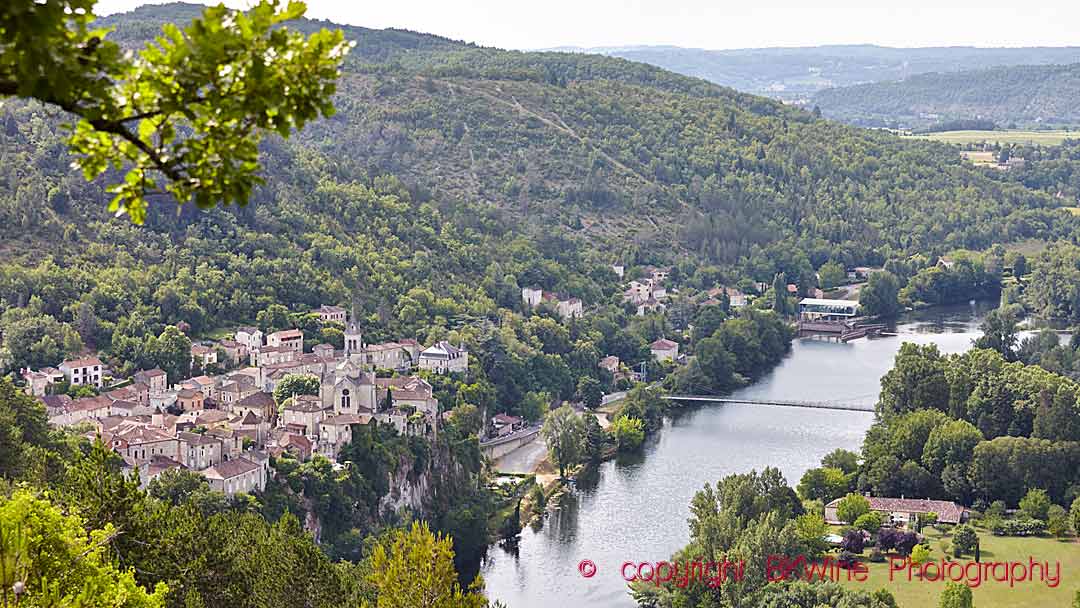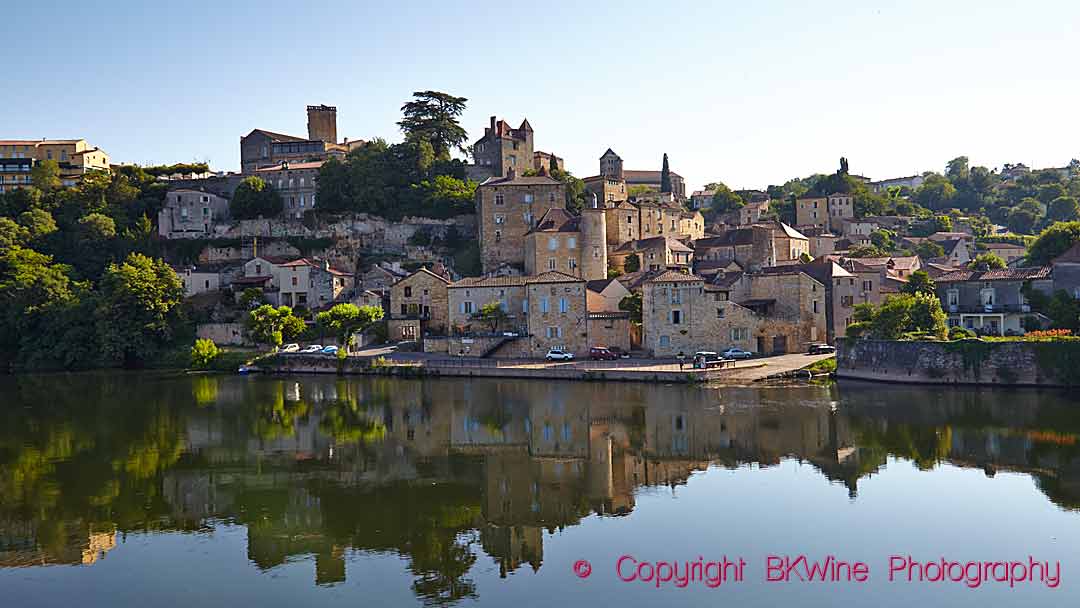In the large French wine region, which is somewhat vaguely called the Southwest (Sud-Ouest), a multitude of small wine appellations are included. Some fabulous wines are made here, many of them far too unknown. Cahors, however, is quite well known as it has a long history and has long been present in the export market. Wine is made from roughly 3,300 hectares, 100 kilometres southeast of Bordeaux, in the beautiful region around the river Lot. The main grape is malbec, sometimes called côt in Cahors and sometimes (although rarely) auxerrois.
Cahors’ location lends its vineyards a particular climate, blending inland and maritime influences from the Atlantic Ocean and the Mediterranean Sea. This geographical diversity, coupled with extensive geological research, has led to a better understanding of the region’s varied soils, from alluvial soils to stony, clayey, and calcareous slopes, including grèze, a form of weathered limestone.
This is a longer version of an article published on Forbes.com.
Our tasting of a selection of Cahors prestige wines from the past five vintages revealed some delicious wines of 100% malbec or nearly so. While Cahors was once renowned for its powerful wines, often referred to as ‘the black wine of Cahors’, the wines we tasted showcased a shift towards balance and fresh fruit. Despite their youth, these wines are very drinkable.
In fact, you should forget this thing about the “black wine of Cahors”; they’re not at all the tannin and colour monsters that this name implies. Instead they are generally full of fruit, excellently structured with good tannins and brilliant food wines.
Read also these articles on BKWine Magazine:
- Our grape profile on malbec, with lots of information about this exciting grape
- A study in style: compare Argentinean and French Malbec
- French Malbec strikes back. Cahors, a wine district in progress
- Unique wines and grapes from Sud-Ouest: Gaillac, Cahors, Madiran, Jurançon, Iroléguy, Béarn, Fronton and more
Chateau Gaudou Le Caillou Blanc, Cahors
Intense, ripe fruit with cherries, red berries and fresh, Provençal herbs. It has a dense concentration but is also elegant. It is young in character with fine tannins. Easy to appreciate with food now or to keep.
The Durou family crafts distinct wines from different terroirs. The grapes for this wine come from the “Caillou” vineyard in Sérignac. They grow on a limestone plateau with a soil full of fossils, white rocks, and clay. The wine ferments in concrete tanks and then matures in ceramic eggs.
Domaine d’Homs Vindici Maux 2022, Cahors
There is a lovely abundance of fruit and berries, dark cherries, and, not least, on the nose. It is a very young wine, of course; it is powerful, and the tannins are very present, but it is already very drinkable. It is savoury on the palate and has good acidity, with notes of herbs adding to the freshness. The wine has been made entirely without the addition of sulphur.
Domaine d’Homs is a young estate founded in 1993 by Daniel Cauzit and Rober Thiéry. A new generation of new took over, Daniel’s children Charlène and Sébastien. The property has recently been certified organic.
Château Famaey Le Grez 2022, Cahors
Delicious, ripe dark fruit and plums on the nose, slightly floral, and quite aromatic. Balanced despite its youthful tannins. It is reasonably light in structure, juicy, and refreshing. Very pleasant. The grapes come from a particular plot called Le Grez, and the wine is aged for ten months in egg-shaped tanks.
At the beginning of the 21st century, a Belgian, Luc Luyckx, came here and fell in love with the region. He changed direction and became a wine producer. Nowadays, his son Maarten makes the wine.
Château Pineraie, L’Authentique 2020, Cahors
A nose of intense dark cherries coupled with liquorice. The fruit is very generous, and despite its dense structure, it is pleasantly light. This is an elegant wine with fine acidity and soft tannins. L’Authentique comes from a 5-hectare vineyard with 60-year-old vines. Ageing in 60 to 70% new oak barrels for 18 months.
Anne and Emmanuelle Burc are the sixth generation and run the estate since 2002. They have 50 hectares of all types of land found in the appellation.
Château Nozières L’Elegance 2020, Cahors
Concentration, intensity, plenty of dark berries, a lot of tannins, powerful. Ripe cherries, hints of oak and vanilla. From old vines.
Several generations of the Maradenne-Guitard family run this estate of around 50 hectares, with malbec at its centre.
Château Eugénie Haute Collection 2019, Cahors
It has a lovely, aromatic, floral scent mixed with ripe berries and a bit of liquorice. It has a good structure, balanced tannins, lightness, and elegance. Excellent complexity, delicious fruit aromas, and smooth at the end.
The Couture family has ancient origins as both a wine producer and grape grower in the area. They belonged to the cooperative for a long time, but in 1974, the brothers Jean and Claude Couture founded Château Eugénie.
Château La Reyne Le Vent d’Ange 2019, Cahors
A rich wine, with a juicy fruit and a great drinkability. Savoury, floral and a bit of resin in the aromas, with soft tannins and a fairly dense structure.
Johan and Elio Vidal run Château la Reyne as have several generations of their family before them. Since 2023, the estate is certified organic.
Clos du Chêne Hors Série 2018, Cahors
Fresh herbs and Christmas spices such as cinnamon and cloves are present on the nose. The wine is savoury and intense in the mouth, with pretty soft tannins in the finish. It is a powerful and complex wine that gives a slight hint of what the “black wine from Cahors” was like in the past. Six months ageing in concrete tanks and eight months in egg tanks.
Since 1800, the family has grown grapes at Clos du Chêne. In 1972, Jean-Paul and his wife decided to focus entirely on wine. Now, they work together with their daughters Valérie and Ingrid.


















